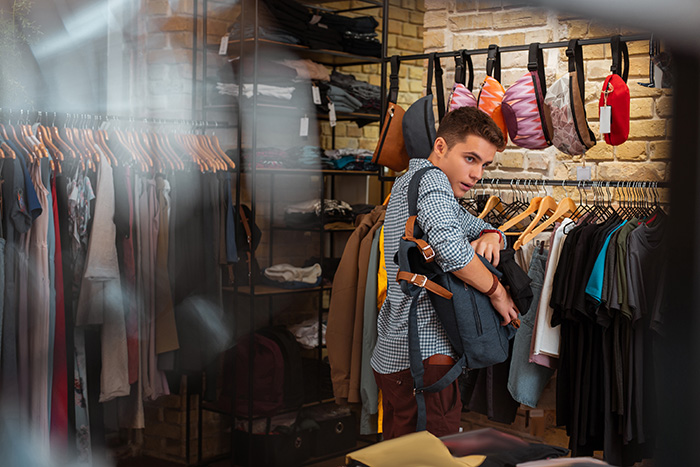Unlocking Retail Loss Prevention – 3 Smart Strategies for Modern Merchants

Every year retailers lose an estimated $50 billion due to theft. Shoplifting and employee theft are both detrimental and can lead to an increased risk of in-store violence on top of the lost profits. Organized retail crime isn’t going away. In fact, security experts say that it’s on the rise, reported by 90 percent of all companies surveyed by the National Retail Federation.
Noting these trends, it behooves every merchant to make loss prevention a priority. The good news is there are a lot of advanced technologies that can be paired with traditional measures to alert security personnel to suspicious activity and help make retail environments safer. Here’s a look at three smart strategies that can help retailers curb theft and maximize profits:
Video Analytics Systems
A typical driver of in-store security, video surveillance systems tend to be leveraged for post-event investigating and for identifying suspects after a shoplifting incident. Backed by artificial intelligence and machine learning technologies, video content analytics enable retailers to extend the capabilities of traditional video surveillance systems and make video searchable, quantifiable and actionable. Retailers can use VCA to filter video and pinpoint suspects and persons of interest in the aftermath of a theft, but the technology can also be utilized to configure real-time alerts for suspicious behavior that might indicate intent to commit a crime. This data-driven solution enables retailers to productively investigate and proactively respond to in-store theft. Beyond loss prevention, analyzing video content enables retailers to track in-store activity and trends over time, to derive integral business intelligence such as customer demographics, in-store navigation preferences and more.
RFID Enabled Monitoring
To prevent customers from shoplifting high-priced items, such as clothes or electronics, merchants can attach RFID-enabled devices to select items, which can be removed at the checkout. RFID technology replaces traditional barcodes with “smart” tags, which communicate with an electronic reader to track product. If the tag isn’t removed at the checkout, a security alarm is triggered when the visitor tries to exit the store. Beyond the loss prevention benefits, RFID tagged items and shelves enable managers to track products in real-time, providing insight into when to restock.
Most stores dedicate certain areas or shelves for higher-priced items and valuable goods — these locations are often the target of shoplifters or organized retail crime. Smart shelves, or shelves that are electronically connected via RFID to the goods they hold, are one way to monitor and secure these areas. Real-time alerts can be configured for smart shelves to trigger calls to action for any unusual activity detected, thereby leading to faster apprehension of suspects.
Point of Sale Systems
An automated point of sale, or POS, system is ideal for both curbing employee theft and for managing inventory. Traditional POS systems are employee-operated, however, failure to scan products is one of the leading ways employee theft occurs. What’s more, by not scanning a product at the checkout, employees are also compromising inventory visibility. Advanced retail tech is emerging to automate the POS and account for all products brought to the checkout. Merchants leveraging these platforms can mitigate employee temptations to steal and help instill better inventory practices at the same time.
How secure is your store? Is loss prevention a priority? By enhancing traditional security measures with state-of-the-art retail tech and analytics, merchants can help make their stores safer and derive business intelligence to streamline operations.